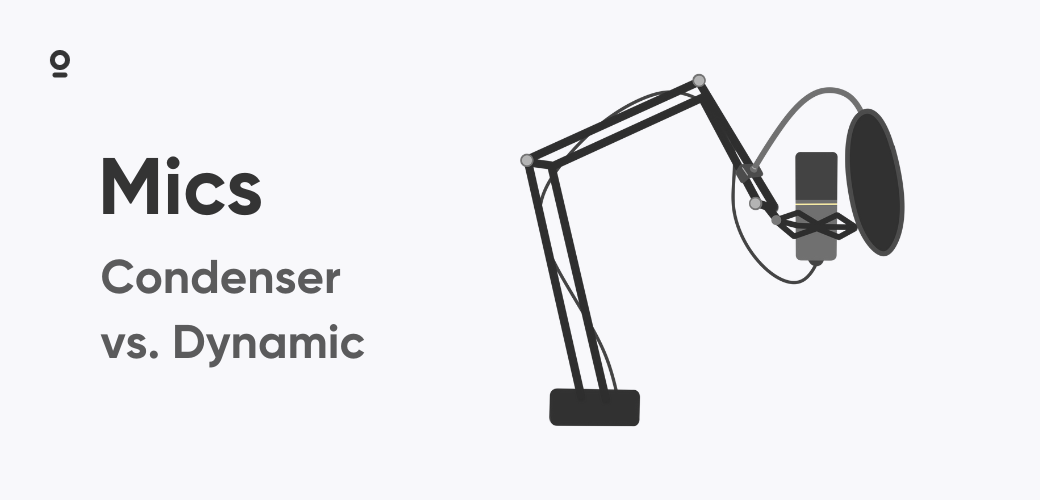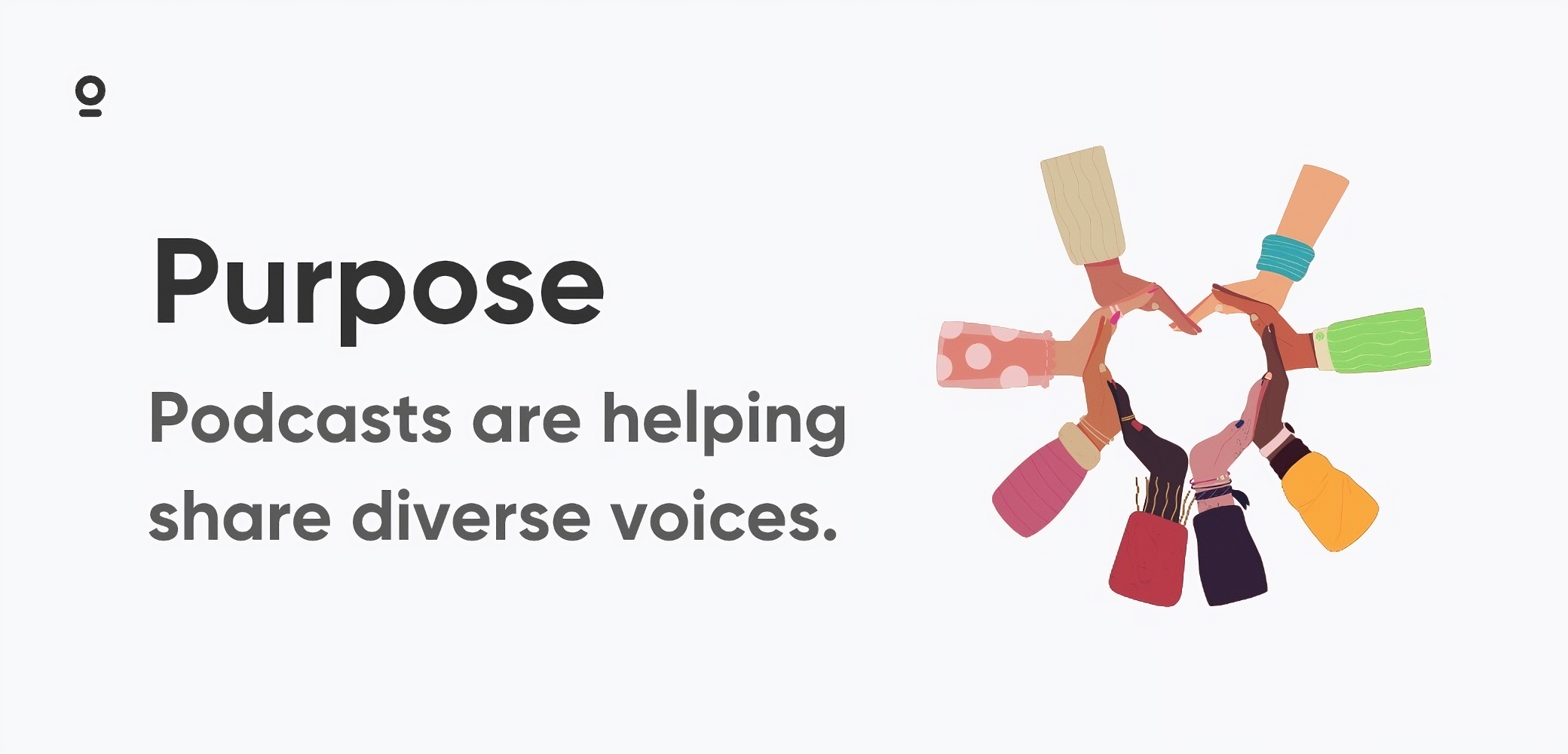Every heavyweight show began at zero. If you are wondering how to start a podcast with no audience, remember that even famous hosts once recorded into the void. This article shows the exact moves that convert an empty download counter into a growing community, without expensive gear or unrealistic promises.
Start Your Podcast on a Budget with Simple Equipment
A new podcast with no audience does not need studio equipment. Record on the phone that sits in your pocket or the laptop you already own, then edit in free programs such as Audacity or GarageBand. If you want a small upgrade, a USB microphone like the Samson Q2U plugs in quickly and improves clarity at a low price. Create cover art in Canva, pick a free host like Spotify for Podcasters, and you will spend more energy on content than on hardware. Starting this way proves the concept before spending money.
Power tip: choose a quiet space with soft furniture, place a cushion behind the mic to reduce echo, and wear headphones to avoid feedback. These simple moves raise audio quality without spending a cent.
Create Your First 20 Episodes with Strategic Content Planning
Beginning a podcast with no following can feel lonely, yet it offers total creative freedom. Draft a list of twenty episode ideas around a single theme you love, because passion keeps you recording when stats look small. Record three episodes so you can launch on schedule even if life interrupts. Encourage friends to act as first listeners and give honest notes. Treat early episodes as practice scrimmages that still count as real content; publish them and learn in public rather than hiding drafts forever.
Mix formats to find your lane. Try a solo explainer one week, an interview the next, and a listener question segment once you have submissions. Welcome imperfections. They reveal personality and show future fans how far you came.
Build Your Initial Listener Base Through Genuine Engagement
Finding your audience requires stepping into communities where your ideal listeners already spend time. Start a podcast from scratch by entering online spaces where potential fans already gather. Answer questions on Reddit, join Discord servers, and participate in Facebook groups. After genuine interaction, share an episode only when it directly solves a question. Community members notice real help and will click through.
Invite approachable guests who carry small but active followings. Offer them an effortless recording process and make a polished audio clip with waveform visuals they can post. Guest audiences often give you the first podcast listeners outside your personal circle. Clip highlights into sixty second reels for TikTok or Shorts, add captions, and remind viewers where the full conversation lives. These beginner tips help turn short videos into audio downloads.
Leverage SEO and Email Marketing for Podcast Growth
Publish complete show notes and transcripts on a simple site or on your host's blog feature. Create a free email list with Mailchimp (free for up to 500 contacts) and place a sign up link in every description. Even five subscribers at launch give you a direct channel to announce new episodes and collect feedback. Expand engagement by offering a small bonus, such as a checklist or resource sheet that complements the episode.
Bonus tip: include a brief keyword rich summary at the top of each transcript so search pages display a helpful snippet rather than random text. Over time, long form transcripts become a library of evergreen articles that keep attracting visitors who prefer reading or need accessibility support. The more places a listener can find your content, the faster you build your podcast audience from the ground up.
Set Realistic Podcast Growth Expectations and Milestones
A podcast with zero listeners does not stay that way forever. The first three months often bring ten to fifty plays per episode, which puts you in good company with other new shows. Growth patterns vary significantly — while some shows may see downloads double in months four through six if they publish regularly, others grow more gradually. By the end of year one, reaching two hundred plays per release represents solid progress that places you well above the median for independent podcasts.
Algorithm recommendations on Apple and Spotify involve complex factors beyond download numbers. These platforms consider listener engagement (follows, completion rates, shares), publishing consistency, and metadata quality. While higher downloads correlate with better engagement, there's no magic number that triggers automatic promotion. Celebrate every milestone: the first review, the first email from a stranger, the first guest you successfully book. These achievements become proof that your message connects with listeners.
When monthly plays pass the five hundred mark you can test light monetization. Start with a single affiliate link that truly serves your niche, or open a Buy Me a Coffee page. Note that this threshold applies to initial listener support — sponsorships typically require 1,000 to 10,000+ downloads per episode. Early supporters appreciate transparency and seeing their contributions put to good use.
Avoid Common Podcast Mistakes as a New Creator
Creators sometimes quit because they chase perfection. Instead aim for steady improvement. Cut rambling intros and open with a clear benefit statement. Run audio through free mastering tools like Auphonic so volume levels match. Do not spend money on ads until you understand what topics resonate. Skip measuring yourself against celebrity shows; their staff and budgets differ from yours. Focus on one listener avatar and solve one problem each episode. These podcast growth strategies may feel slow but they work.
Stay Motivated with Consistent Publishing Rituals
Consistency is hard when numbers look flat. Set a fixed release day, reward yourself with a favorite snack each time you publish, and track streaks on a calendar. Share progress in r/podcasting or a similar group to gain accountability. Keep a note file of compliments from listeners; read it when motivation dips. Remember that most shows stop by episode seven, so every instalment beyond that puts you in the minority that finish what they start.
Scale Your Podcast Through Strategic Audience Engagement
Once the audience starts to form, reinforce the loop. Ask listeners to leave a review or send a voice memo question; feature them on the show to deepen connection. Cross promote with peers of similar size through trailer swaps or short guest appearances. Offer a concise downloadable guide that expands on an episode, then mention it in your newsletter and show notes. This integrated approach moves casual visitors toward active community members.
Conclusion
You now know how to start a podcast with no audience and transform zero into a real fan base. Use straightforward equipment, publish on a reliable schedule, engage in communities where your ideal listeners hang out, and improve every episode a little more than the last. Follow these steps and your show can rise from silence to a lively following of people who tune in because your voice helps them learn, laugh, or feel understood.







